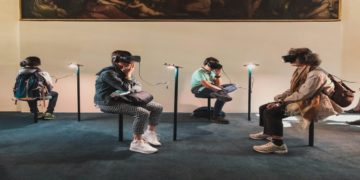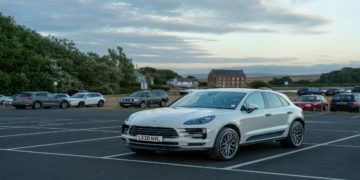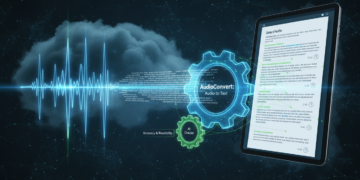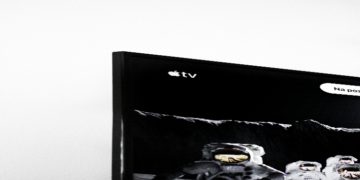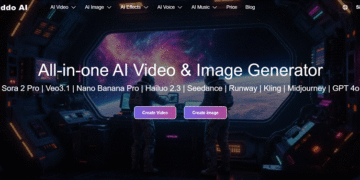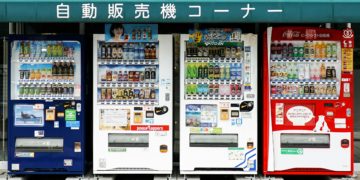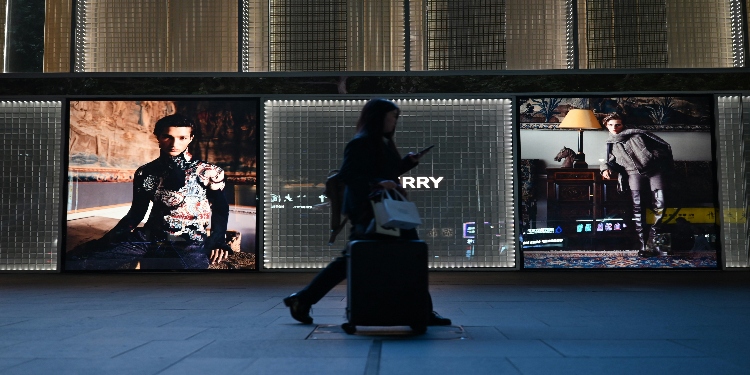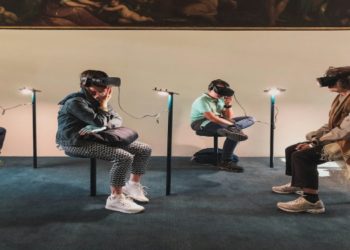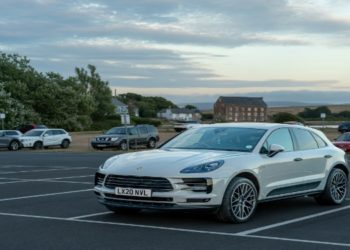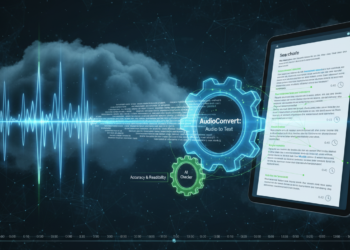In an age where algorithms decide what we see and skip, digital advertising has reached a point of oversaturation. Yet, something fascinating is happening across cityscapes, highways, and train platforms — physical ads are making a comeback. How Out-of-Home Advertising is Shaping Consumer Attention in a Digital-Heavy World reveals how real-world marketing is quietly outperforming digital efforts in the one metric that matters most: genuine human attention.
From bright billboards to branded taxis and interactive screens in transport hubs, outdoor advertising has evolved into a strategic force that connects with audiences in ways digital simply can’t replicate. It’s big, bold, and, most importantly, real.
The Problem with Digital Saturation
The digital landscape has never been noisier. Consumers are bombarded with thousands of online ads daily — pop-ups, banners, and videos competing for a split-second glance. Even with sophisticated targeting, most of those impressions fail to land. People have developed “scroll blindness,” instinctively ignoring online promotions.
As attention spans shrink and skepticism rises, marketers are realizing that the most effective way to capture interest may not be through another social ad — but through physical presence. That’s where Out-of-Home advertising steps in.
Outdoor campaigns don’t interrupt; they integrate. They’re experienced naturally as part of everyday life, commanding attention without asking for it. A clever street ad or a powerful billboard becomes part of a city’s rhythm — not a distraction from it.
Why Physical Visibility Beats Digital Noise
The human brain responds more strongly to stimuli it can see in context — size, color, and placement all trigger emotional engagement. A message on a towering display or a bus shelter feels larger than life. It’s real, public, and permanent — everything that digital advertising isn’t.
In a digital-heavy world where online content is fleeting, physical advertising offers stability. It reminds people that a brand exists beyond their screens. For small and large businesses alike, that tangibility builds trust and memorability.
Moreover, Out-of-Home advertising thrives on repetition. Seeing the same message daily while commuting, walking, or driving reinforces brand familiarity in a way that no single online impression can.
The Return of Contextual Storytelling
In today’s marketing environment, relevance is everything. Audiences don’t just notice creativity — they remember context. Modern outdoor advertising uses data and technology to deliver both.
For instance, a billboard advertising agency can now adjust content based on time of day, weather, or local events. Morning commuters might see coffee ads, while evening travelers see restaurant promotions. It’s hyper-relevant, precise, and human-centered.
This real-time adaptability makes outdoor advertising far more agile than it used to be. It’s no longer about static posters; it’s about dynamic storytelling that lives and breathes with the environment around it.
The Science of Seeing and Remembering
Psychologists have long noted that humans retain information better when they encounter it in the real world. When we see a physical ad, we associate it with a location, an emotion, or even a moment in time. That spatial connection makes the memory stronger.
Online ads, on the other hand, exist in an endless stream of content — they’re consumed and forgotten in seconds. Physical exposure is immersive. It captures undivided focus because it competes with fewer stimuli.
That’s why outdoor advertising continues to outperform digital in brand recall studies. People don’t just see the ad — they experience it as part of their surroundings.
The Formats Defining Modern Outdoor Advertising
The Billboard Renaissance
Billboards remain the cornerstone of outdoor media, but technology has transformed them. Digital billboards now allow multiple advertisers to share space, optimize timing, and even change visuals dynamically.
A partnership with a billboard advertising agency ensures more than visibility — it ensures strategy. Experts analyze foot traffic, audience demographics, and local culture to make sure every message lands in the right place, at the right time.
Billboards command scale and spectacle, turning everyday commutes into storytelling opportunities.
London Taxi Advertising: Marketing in Motion
Few mediums capture movement and reach quite like London taxi advertising. Each iconic black cab doubles as a moving billboard, traversing city streets and high-traffic areas, creating organic impressions across diverse neighborhoods.
This format’s strength lies in mobility and frequency. The same ad can reach people multiple times in different settings — a visibility multiplier for local and national brands alike.
For small businesses, taxi campaigns offer an affordable, dynamic way to compete with larger brands.
London Underground Advertising: Captive Engagement
London Underground advertising provides brands with one of the most engaged audiences imaginable. Every day, millions of commuters spend minutes on platforms, tunnels, and escalators — time spent looking up, not scrolling down.
Underground placements capitalize on that dwell time. Whether it’s a digital screen or a full-station takeover, the environment allows creative campaigns to command undistracted attention.
Few other spaces in modern life offer that level of focus.
The Hybrid Revolution: When Offline Meets Online
The new era of advertising isn’t about choosing between digital and physical — it’s about merging them. Out-of-Home now works hand-in-hand with digital tools, creating an integrated marketing ecosystem.
Interactive features like QR codes, location-based alerts, and augmented reality bridges the gap between the physical and the virtual. A passerby can scan a billboard to access a website, redeem an offer, or follow a brand online.
Agencies like Excite OOH are pioneering this hybrid model, combining creative storytelling with precise data analytics to track engagement and measure results. This synergy ensures outdoor advertising isn’t just visible — it’s actionable.
Outdoor campaigns now drive online behavior, proving that visibility in the real world fuels activity in the digital one.
Why Out-of-Home Advertising Feels More Authentic
In an era of sponsored influencers and algorithm-driven targeting, trust is becoming scarce. But physical ads are inherently transparent. They exist in shared public spaces, not hidden behind cookies or data profiles.
That visibility signals credibility. A business confident enough to invest in real-world presence feels established and trustworthy. People believe what they can see — and that’s exactly what outdoor advertising delivers.
OOH also democratizes marketing. Whether it’s a multinational campaign or a local startup, everyone shares the same streets, stations, and skylines. It’s an equal playing field where creativity, not algorithms, wins attention.
The Future of Attention: Looking Beyond the Screen
The battle for consumer attention isn’t won by volume — it’s won by value. And as digital channels grow more saturated, real-world media is emerging as the space where brands can make deeper, more lasting connections.
Attention isn’t disappearing; it’s simply shifting. People crave experiences that feel genuine, human, and tangible. That’s exactly what outdoor advertising delivers — a chance to stand out, to surprise, and to be remembered.
With strategic placement, data integration, and creative execution from experts like Excite OOH, brands can transform ordinary streets into storytelling stages that audiences can’t scroll past.
Conclusion:
As our digital world accelerates, physical experiences are becoming rare — and valuable. Out-of-Home advertising succeeds precisely because it breaks that digital cycle, inviting people to pause, look up, and connect.
It’s not just about being seen; it’s about being remembered. And in a world where attention has become the most precious commodity, outdoor advertising has reclaimed its crown as the medium that truly captivates.
Because while people may live online, they still move — and look — through the real world.

